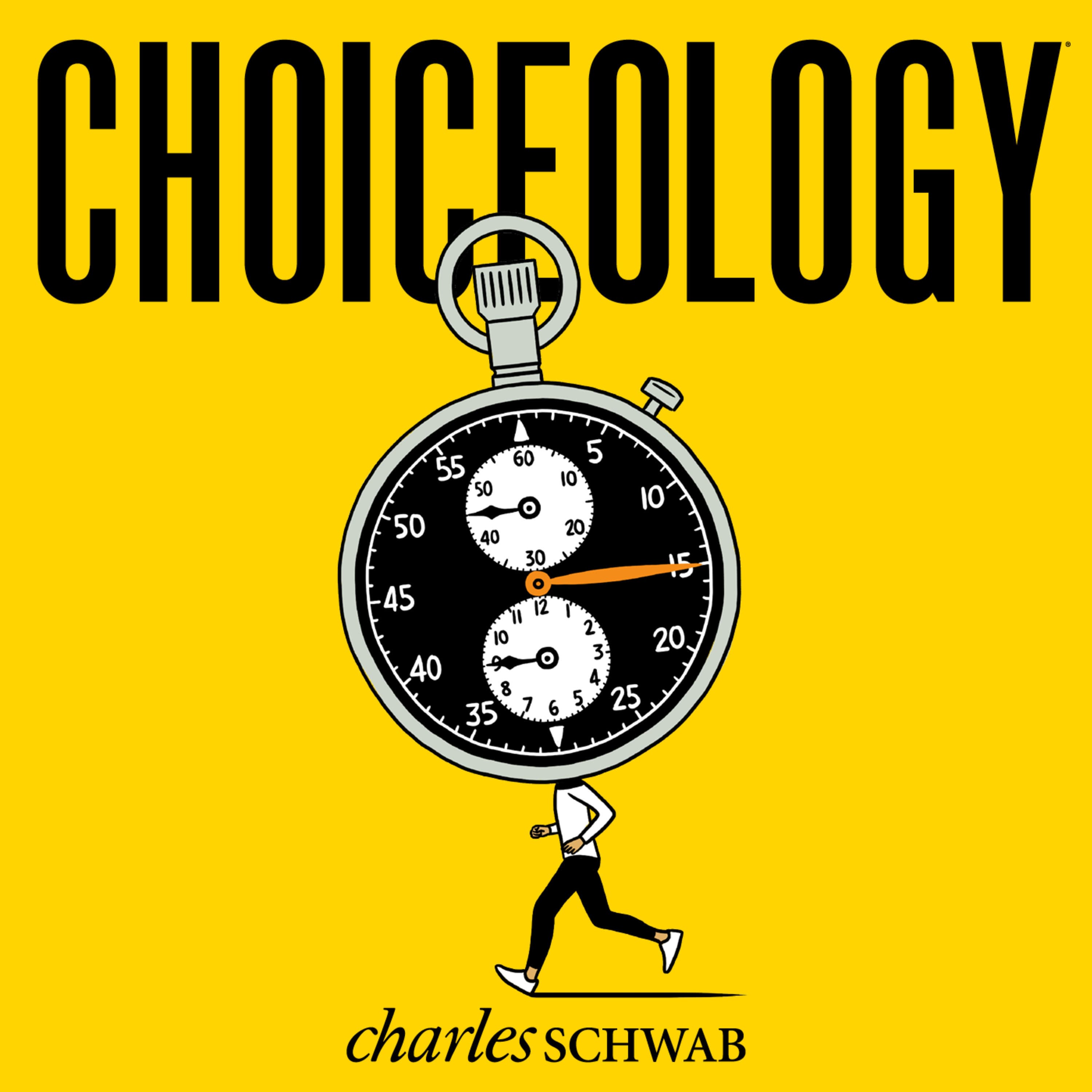Hitting Your Number: With Guests Jason Beck & Devin Pope
Have you ever noticed that there's something satisfying about seeing a car's odometer roll over from 99,999 to 100,000 miles? Or maybe more likely, looking at a clock right when it hits 12:00 on the nose? What's so special about these moments?
In this episode of Choiceology with Katy Milkman, we look at quirk of human behavior that can lead, in some cases, to superhuman achievement.
- Katy brings you the story of Roger Bannister's quest to break the four-minute mile—a centuries-old psychological barrier—and the great leaps in athletic achievement that followed his feat. You'll hear the history of the four-minute mile from Jason Beck, author of The Miracle Mile: Stories of the 1954 British Empire and Commonwealth Games and a curator at the British Columbia Sports Hall of Fame.
- You'll also hear documentary interviews from Roger Bannister and John Landy about their famous race. (You can see a photo of the stopwatch used in the Miracle Mile race here. The watch is permanently stopped at Roger Bannister's sub-four-minute time.)
- Next, we visit the rather more humble setting of a gas station to demonstrate how a preference for round dollar amounts is common, even when cash is not involved.
- Then, Devin Pope of The University of Chicago Booth School of Business joins Katy to discuss the psychological costs and benefits of goals and how round numbers can affect your motivation in different contexts.
- Finally, Katy provides some actionable intelligence on how you can use round-number goals to improve outcomes, whether that's getting into college, saving for retirement or running a faster marathon.
Choiceology is an original podcast from Charles Schwab.
If you enjoy the show, please leave a rating or review on Apple Podcasts.
Learn more about behavioral finance.
All expressions of opinion are subject to change without notice in reaction to shifting market conditions.
The comments, views, and opinions expressed in the presentation are those of the speakers and do not necessarily represent the views of Charles Schwab.
Data contained herein from third-party providers is obtained from what are considered reliable sources. However, its accuracy, completeness or reliability cannot be guaranteed.
Apple Podcasts and the Apple logo are trademarks of Apple Inc., registered in the U.S. and other countries.
Google Podcasts and the Google Podcasts logo are trademarks of Google LLC.
Spotify and the Spotify logo are registered trademarks of Spotify AB.



